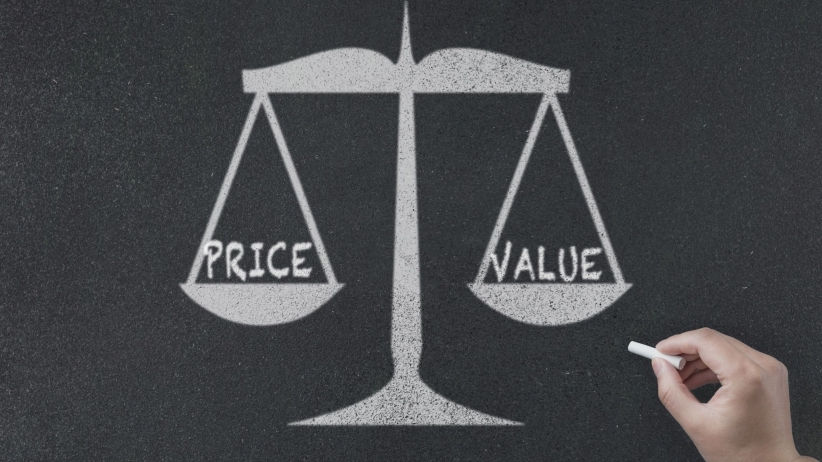
an hour ago
The whole field of marketing is strongly based in psychology. And this is absolutely true when it comes to pricing strategy.
We’re all familiar with price tags that read $9.99 or $19.99. Do these really move more product than tags reading $10 or $20? What about adding the decimal and zeros: $10 and $20? Does any of this make a difference? Research says it does.
Setting the right price can have a powerful effect on the success of your direct mail campaigns.
Charming Prices
No one knows when marketers first started shaving pennies off their prices, although much of the lore points to events in the 19th century. One story is that doing it required the store clerk to make change. This meant opening the cash register and recording the sale – a big discouragement to the clerk who otherwise might occasionally pocket the cash himself.
Another more complex story tells of a clever Chicago newspaper publisher who, in 1875, priced his newspapers at a penny to compete with other newspapers that charged a nickel. Pennies were rarely used at the time, so he got his advertisers to set their prices lower by subtracting a penny from their whole dollar prices. This assured his readers always had the right change to pay for the paper. It sounds like a great story, but no one knows for sure if this really is how “.99” at the end of prices became so popular. It seems a little far-fetched to explain such a universal phenomenon.
What we do know is that this kind of pricing has a powerful effect on buyer behavior. It’s sometimes referred to as “charm” pricing, fractional pricing, or odd-even pricing. Setting a price even a penny or two below the full dollar amount can increase sales by 21-34%, depending on other factors. That’s a huge amount that can make or break your campaign.
Marketers are well aware of this. According to a survey of prices that was published in the Marketing Bulletin in 1997, 60% of prices ended in a 9; 30% ended in a 5, and only 7% ended in a 0. So now the question is, why do these numbers work so well?
Why Less is More
We may think we make rational decisions, but we’re all influenced by subconscious parts of our own minds that make us perceive things in ways we’re not aware of. Rationally we know that $9.99 is only one penny less than $10.00 and therefore doesn’t amount to much, but unconsciously we react as though it’s a huge difference. There are a number of theories as to why this is so. Here are a few of the more prevalent ones:
The Reference Price: While it’s a largely unconscious process within us, we’re always placing a value on things. We do it all the time without realizing it. And to help us make more accurate valuations, we use a process of comparison. We set some kind of reference point in our minds, and then we ask ourselves, is this price higher or lower than the reference point I’m comparing…

